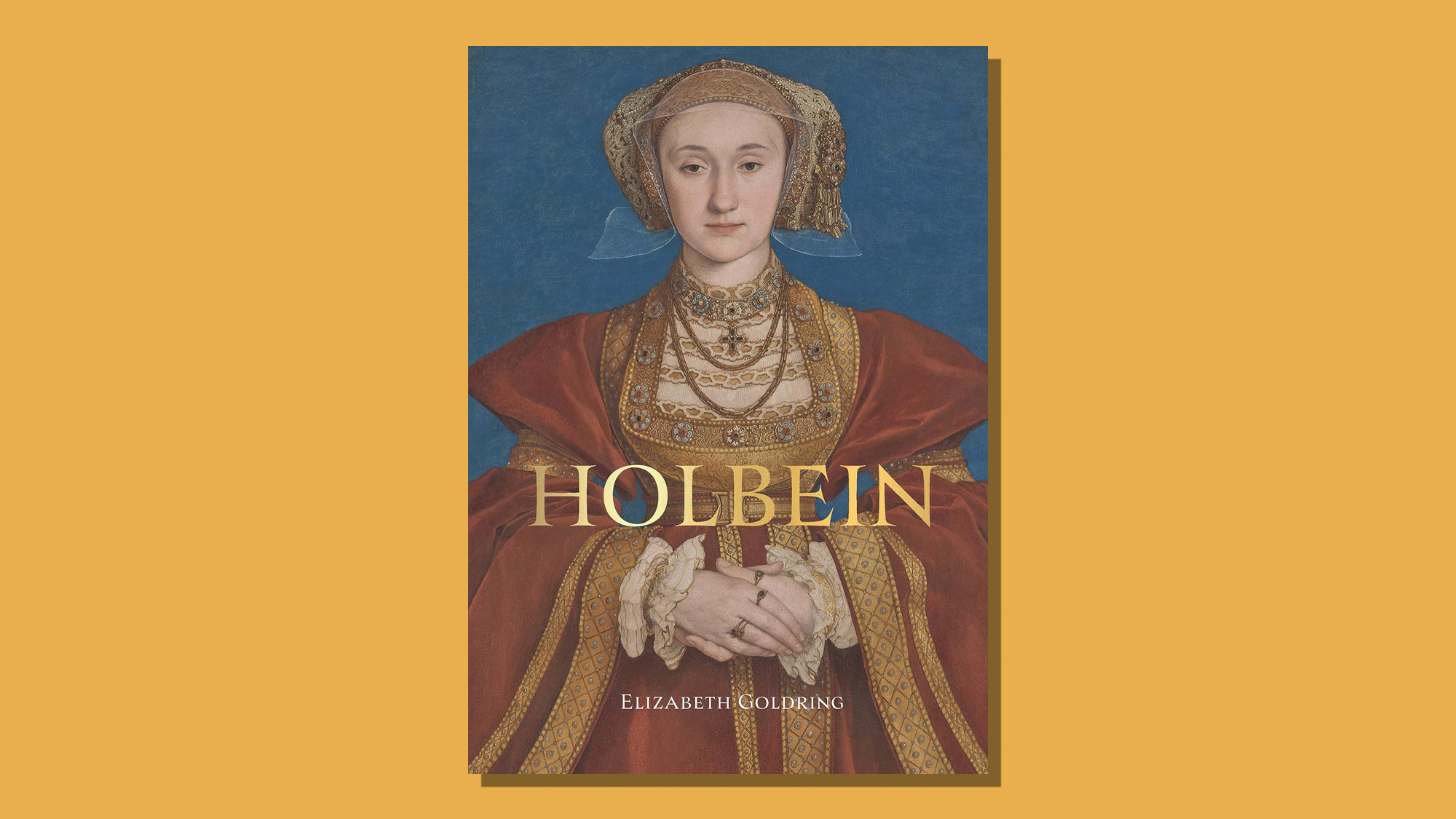Michelangelo – the last decades review: an 'absorbing' exploration of art
New exhibition focuses on works from the final 30 years of the artist's long career

In 1534, Michelangelo Buonarroti left his native Florence for the final time. He had been summoned to Rome to work for Pope Clement VII, and would spend the rest of his life there.
He was already the most famous artist of his age, said Hettie Judah on the i news site, and was renowned for the "masterworks" created during an "intense" period earlier in his career – from 1501, when he began sculpting David, to 1512, when he completed the ceiling of the Sistine Chapel.
Yet Michelangelo was now 59 years old, "suffering from kidney stones and feeling his age": he regarded the "vast" commissions he would be expected to produce for the Pope "with apprehension".
The Week
Escape your echo chamber. Get the facts behind the news, plus analysis from multiple perspectives.

Sign up for The Week's Free Newsletters
From our morning news briefing to a weekly Good News Newsletter, get the best of The Week delivered directly to your inbox.
From our morning news briefing to a weekly Good News Newsletter, get the best of The Week delivered directly to your inbox.
This is the starting point for a new exhibition at the British Museum, which follows the artist's story until his death in 1564 at the age of 88 – a period of his long career that remains "less explored" by comparison with his well-documented youth. The show brings together some 100 exhibits, including drawings by Michelangelo himself and many works by younger artists under his tutelage, as well as a wealth of his personal correspondence. By turns entertaining and "poignant", it adds up to a fascinating portrait of an artist facing up to his "own mortality".
The major works for which Michelangelo was commissioned in his final decades – notably "The Last Judgment", an "intensely personal" fresco commissioned for the Sistine Chapel – obviously cannot be removed from the Vatican, said Jonathan Jones in The Guardian. The exhibition instead relies on his preparatory drawings, and a projection of the fresco.
Although the drawings don't quite communicate the grandeur of the finished article, they still contain extraordinary passages, including "sketches of swarming muscular nudes, struggling and fighting" to "join the ranks of the blessed". Even so, this show rather takes "the drama out of his life". The artist's homosexuality, for instance, is largely overlooked in favour of his devout Catholicism in old age. Worse still, far too much space is given to paintings by his "awful" pupils. Even as a Michelangelo obsessive, I found this "hard work".
"The ardour, even severity, of Michelangelo's spirituality may shock a secular audience," said Alastair Sooke in The Telegraph. Indeed, visitors must steel themselves "for a history lesson in religious schism" in order to appreciate much of the work here.
A free daily email with the biggest news stories of the day – and the best features from TheWeek.com
Nevertheless, the drawings are sublime: "sketches buzz with figures, like bees in a hive, and reveal his methods"; sketches Michelangelo made for a "beautiful young Roman nobleman with whom he was besotted", including an eagle "about to tear into a stripling's torso"; the shading in a "stunning" crucifixion scene renders Christ's flesh almost "squishable". All in all, this is an austere but "absorbing" show that "encourages close-up contemplation" of his 50 drawings on display.
British Museum, London WC1 (020-7323 8000, britishmuseum.org). Until 28 July
-
 6 lovely barn homes
6 lovely barn homesFeature Featuring a New Jersey homestead on 63 acres and California property with a silo watchtower
-
 Film reviews: ‘Marty Supreme’ and ‘Is This Thing On?’
Film reviews: ‘Marty Supreme’ and ‘Is This Thing On?’Feature A born grifter chases his table tennis dreams and a dad turns to stand-up to fight off heartbreak
-
 Heavenly spectacle in the wilds of Canada
Heavenly spectacle in the wilds of CanadaThe Week Recommends ‘Mind-bending’ outpost for spotting animals – and the northern lights
-
 It Was Just an Accident: a ‘striking’ attack on the Iranian regime
It Was Just an Accident: a ‘striking’ attack on the Iranian regimeThe Week Recommends Jafar Panahi’s furious Palme d’Or-winning revenge thriller was made in secret
-
 Singin’ in the Rain: fun Christmas show is ‘pure bottled sunshine’
Singin’ in the Rain: fun Christmas show is ‘pure bottled sunshine’The Week Recommends Raz Shaw’s take on the classic musical is ‘gloriously cheering’
-
 Holbein: ‘a superb and groundbreaking biography’
Holbein: ‘a superb and groundbreaking biography’The Week Recommends Elizabeth Goldring’s ‘definitive account’ brings the German artist ‘vividly to life’
-
 The Sound of Music: a ‘richly entertaining’ festive treat
The Sound of Music: a ‘richly entertaining’ festive treatThe Week Recommends Nikolai Foster’s captivating and beautifully designed revival ‘ripples with feeling’
-
 ‘Furious Minds: The Making of the MAGA New Right’ by Laura K. Field and ‘The Dream Factory: London’s First Playhouse and the Making of William Shakespeare’ by Daniel Swift
‘Furious Minds: The Making of the MAGA New Right’ by Laura K. Field and ‘The Dream Factory: London’s First Playhouse and the Making of William Shakespeare’ by Daniel SwiftFeature An insider’s POV on the GOP and the untold story of Shakespeare’s first theater


